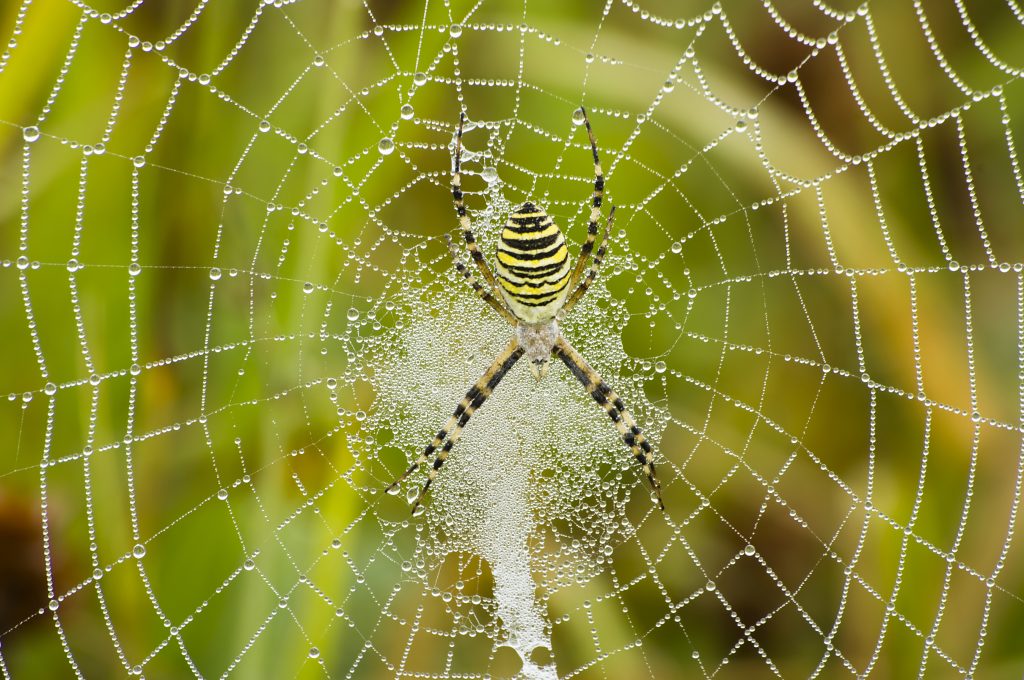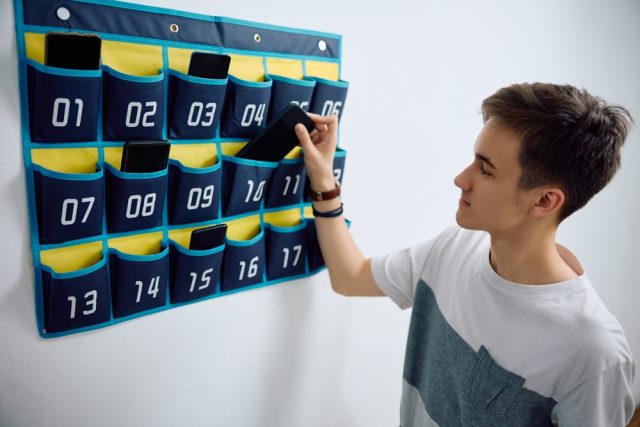Nature-Inspired Inventions
- October 5, 2014
- By Robin Koontz
Our direct relationship with the wild kingdom most likely began with harvesting for food, tools, clothing, and shelter. But while our early ancestors munched on mammoth meat in a tent made from ox hides, all warm and cozy under a sloth fur blanket while they whittled away at spear points using their whale bone knives, perhaps they admired how animals survived using their amazing skills and physical attributes. Maybe these early humans wondered how they could employ some of those amazing talents, or even mimic them.
That’s exactly what happened. Nature inspired us to figure out ways to solve problems we faced. Coyotes taught us hunting skills, birds inspired us to fly, beavers gave us ideas on how to build dams, even tiny termites demonstrated building ideas that we could use. By studying and implementing the workings of wildlife, we’ve come up with some pretty awesome inventions. Here are some examples to inspire your students to come up with ideas of their own:
Have you noticed how a cat will retract its claws when they aren’t being used to stretch, scratch up the furniture or snag a mouse? You may also have noticed that stepping or sitting on a thumbtack is no fun. A designer came up with a new improved thumbtack based on the way a cat retracts its claws when not in use. He enclosed a pin inside a capsule made of soft plastic material. If you push the capsule against a hard surface, the capsule collapses so that the pin can penetrate the surface. If you remove it, the pin is once again safely inside the capsule.
Bats, the only flying mammal in the world, have a talent that may be even cooler than retractable claws. Bats can use their mouths and ears to perceive high-frequency sound waves, allowing them to swoop around obstacles and snag insects in the air, their favorite food. They do this by making sounds that echo back in a process called echolocation. The bat detects detailed information that allows it to locate and even identify what’s in the area. It’s no big surprise that researchers are working on ways that sight-impaired people can use a system like echolocation. The UltraCane is one invention that uses ultrasonic waves that reveal the location of obstacles. The information is passed through the cane as vibrations, allowing the person to “see” where they are going.
Bombardier beetles from Africa and Asia have a pretty powerful defense mechanism that researchers find awesome and inspiring. If anything threatens one of these guys, it will quickly be sorry. A bombardier beetle can blast a powerful spray of hot, toxic stuff with enough force to cause serious injury to the hapless predator. These creatures have a built-in combustion chamber where chemicals mix up and boil. Gases react and create pressure that helps eject the fluid at the right moment. Researchers have managed to mimic the action and hope to use the nature-inspired eco-friendly technology for fuel injection in automotive and other transportation industries as well as drug delivery systems, such as inhalers for people with breathing problems.
If you got extremely close to a shark, you might notice that its skin consists of millions of tiny sleek tooth-like scales. These scales are made of a very tough material called dentin. Scientists noted that the scales actually reduce drag by creating tiny vortices in the water as the shark moves. The scales also resist barnacles because they are constantly moving. This was interesting to the shipping industry because barnacles create extra weight and cause drag on a ship. Scientists are attempting to create a synthetic shark skin with the same “bio-fouling” attributes. Using something like shark skin could save the high costs of removing barnacles from ship hulls and ultimately save on fuel.
Most of us have encountered a spider web and noticed how strong and sticky it was. Spider silk is one of the strongest materials in nature, estimated to be five times stronger than steel by weight. But unlike steel, spider silk is both flexible and lightweight. Spiders can even spin silk that is either sticky, to catch prey, or non-sticky, so that they can use it for pathways. Scientists recently created a new type of medical tape based on the attributes of spider silk.
Even plants can inspire invention. An electrical engineer named George de Mestral noticed that burrs from burdock plants stuck fast to his unfortunate hunting dog. From that bit of inspiration he invented Velcro, one of the most widely used fastening systems in human history.
Have your students study the traits of a plant or animal and see what inventions or ideas they come up with based on the attributes and abilities. See my previous blog about writing a patent and perhaps combine the projects!



